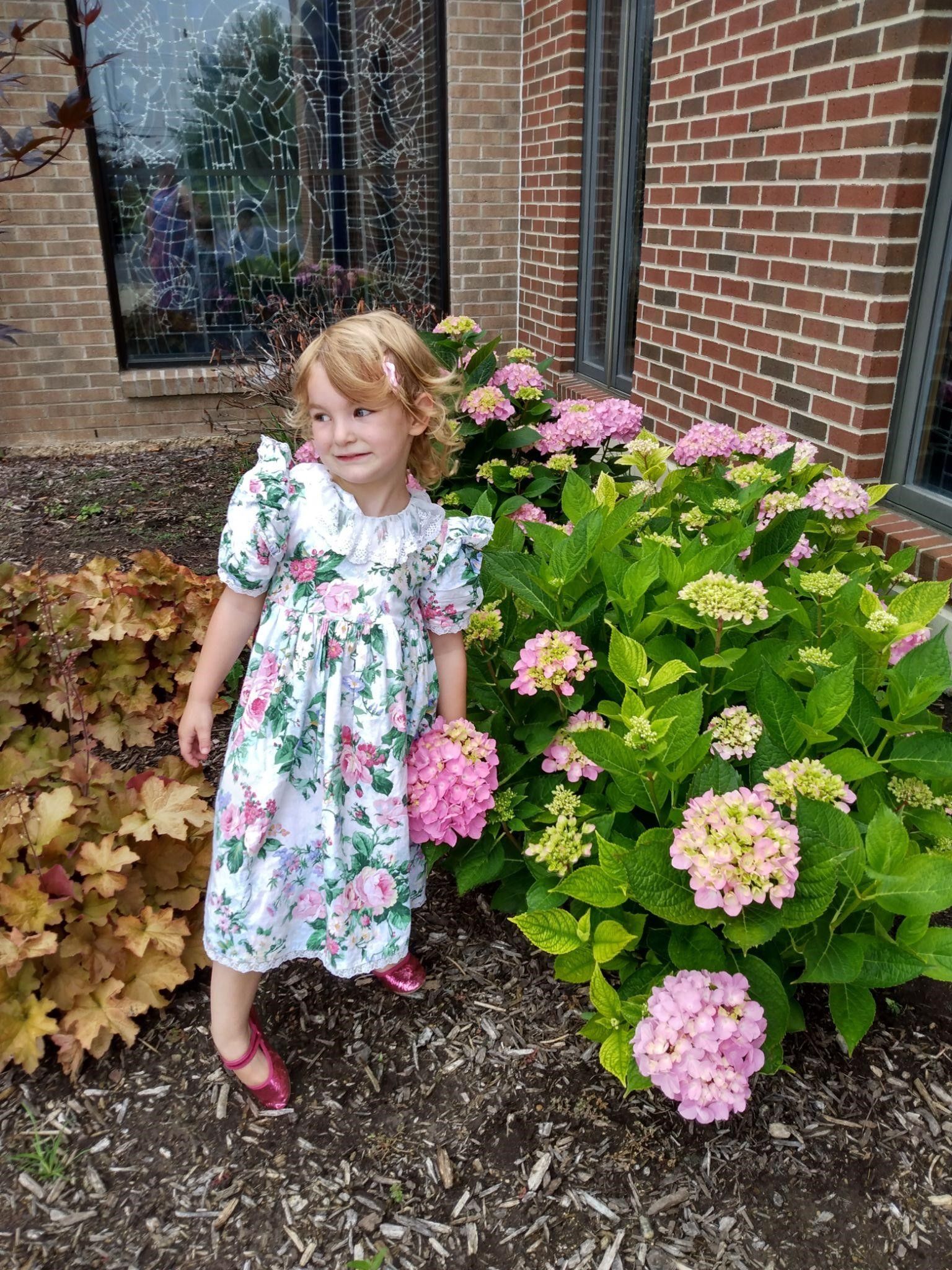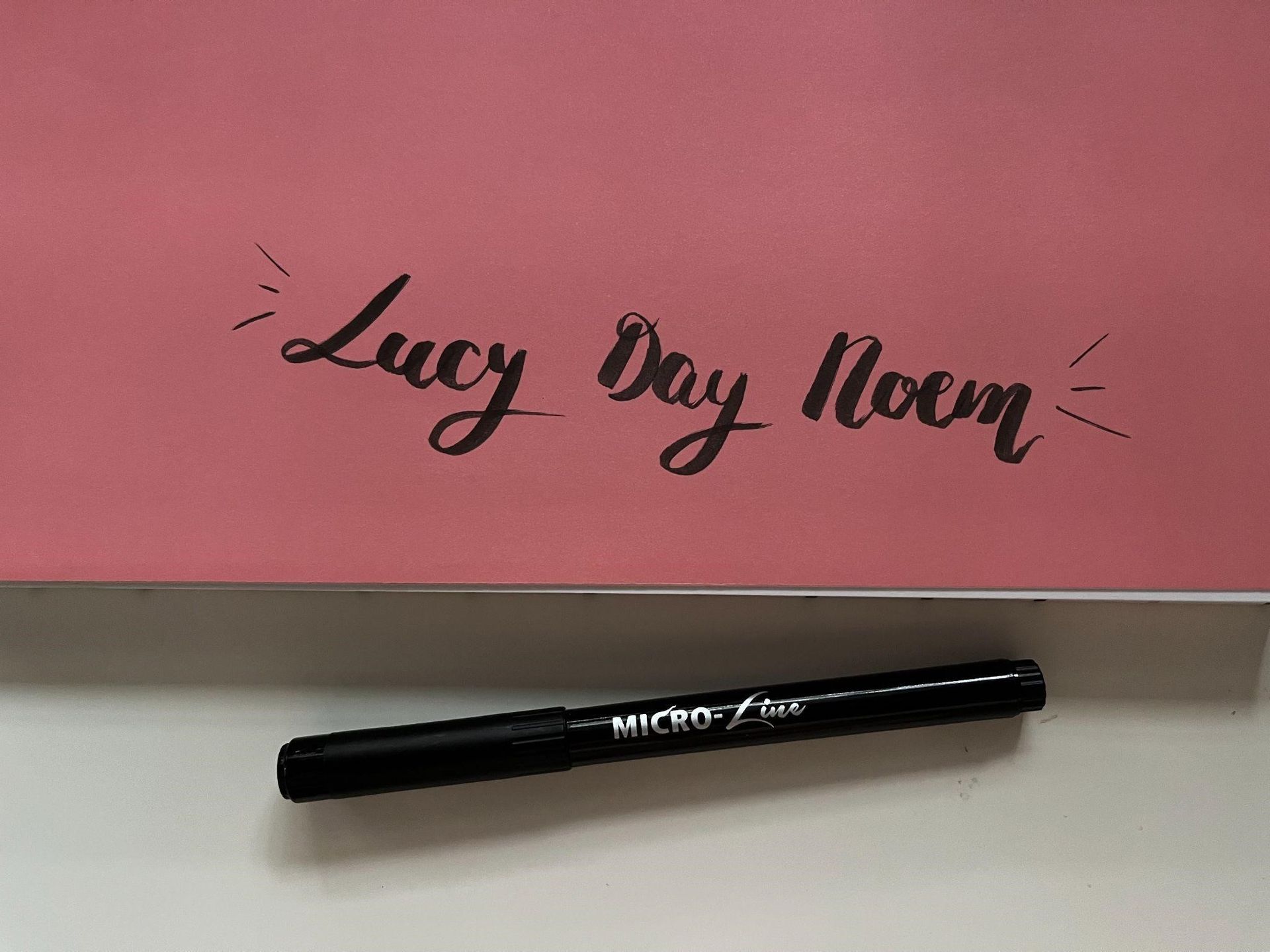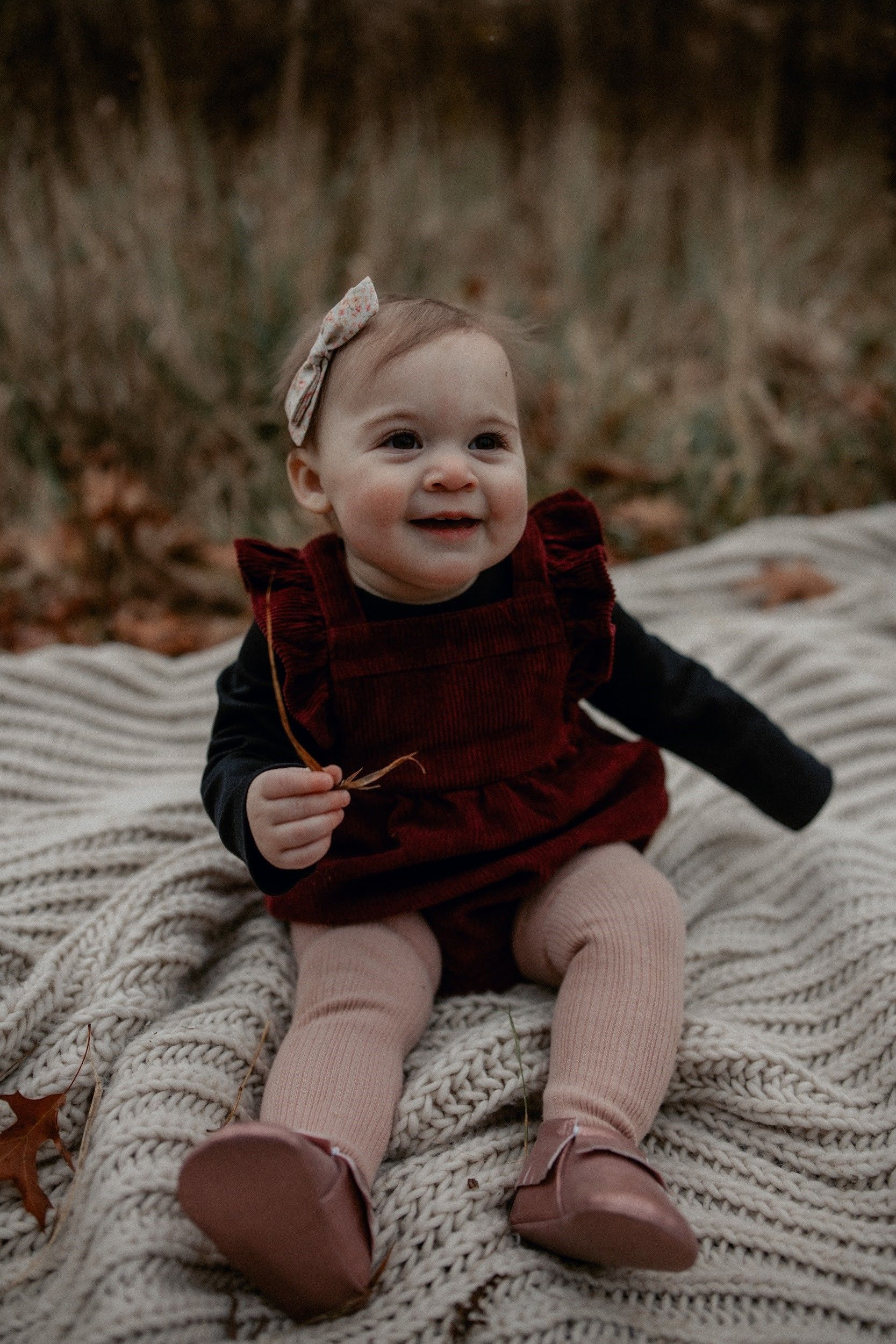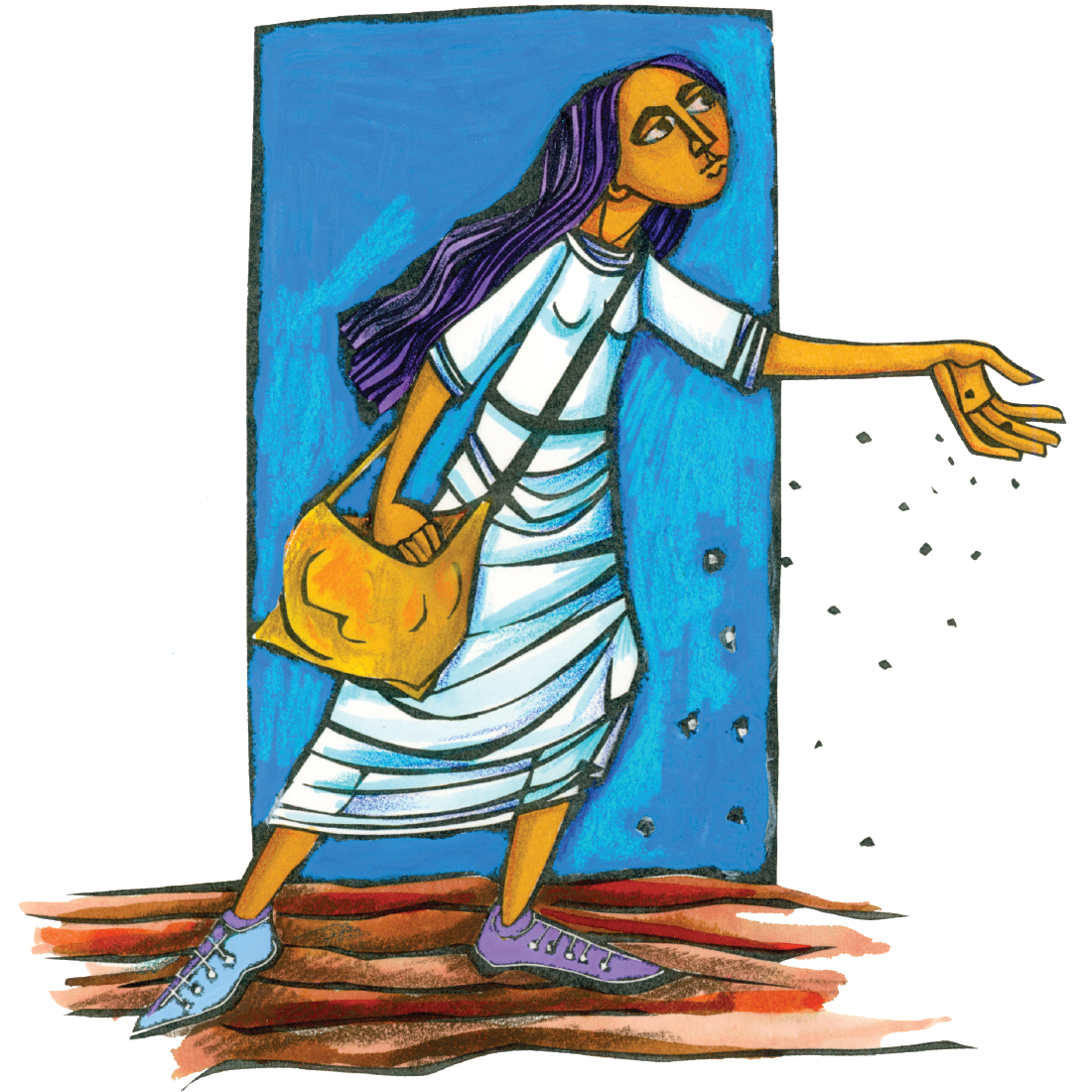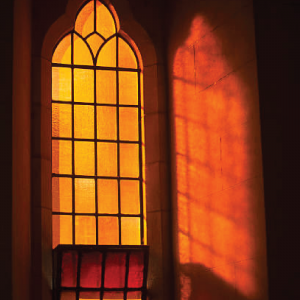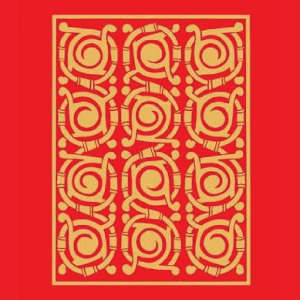By Claire Schaeffer-Duffy and Scott Schaeffer-Duffy
•
26 Apr, 2024
A desire to know God in the poor rather than any specific quest for community led the two of us to the Mary Harris and St. Benedict Catholic Worker houses in Washington, DC in the summer and autumn of 1982. Michael Kirwan, a graduate student in sociology at George Washington University, founded both a couple years earlier. We arrived shortly after graduating from college, coming by separate paths. Claire had just finished a senior thesis on the enduring, revolutionary value of the Catholic Worker movement. And Scott was reassessing his vocation after spending most of a year as a novice with the Capuchin-Franciscans. In those days, the talk between us was all about radical poverty and solidarity with the poor. The two small row houses Michael purchased were located on Fourth Street NW in a squalid neighborhood under the thumb of several drug-dealing families. Mary Harris house served women while St. Benedict house served men. Both were crammed with people who were mentally ill, addicted, or utterly alone in the world. Inspired by Michael, we saw the Catholic Worker as a place where Christianity could be taken literally. Fourth Street provided ample opportunity. There, the Gospel invocations of “whatever you do for the least of these, you do for me,” “take nothing for the journey,” “take the lowest place,” “forgive not seven times, but seventy-seven times,” and “pray unceasingly” were translated into unlimited hospitality and incredible precarity. We slept on the floor, prayed the Liturgy of the Hours, and went to daily Mass in the midst of the chaos. In early 1983, Carl Siciliano, an eighteen year old contemplative came to volunteer at St. Benedict’s. He too was eager for the radical path, and the three of us immersed ourselves in the tumult of life on Fourth Street with enthusiasm. As Claire would say, “we’re like the three musketeers.” This was the era of Reaganomics, a time when thousands of unhoused Americans lived on the streets of the Capitol. The United States was arming wars in Central America and ramping up its nuclear arsenal to build weapons of incalculable destruction. Washington, DC was abuzz with protests. Despite the enormity of our daily tasks, we joined numerous anti-war demonstrations and went to jail on several occasions for acts of nonviolent civil disobedience. In the autumn of 1983, we went on a peace mission to Nicaragua with Teresa Grady, who is now part of the Ithaca, NY Catholic Worker, and Carl. Following Michael’s advice, we left the care of the houses on Fourth Street in the hands of Peter Maurin and Dorothy Day while we were away. The responsibility of maintaining two small houses of hospitality often conflicted with our desire to participate in a nonviolent action. The one who went off to jail or a peace campaign could only do so if someone stayed back at the house to cook the soup and break up the fights. Deciding who did what was an occasional source of tension. New community members came, but did not remain long.



